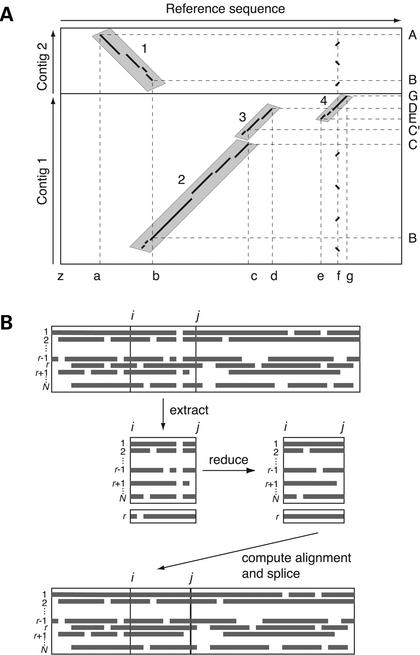Analysis of multiple sequence alignments can generate vital, testable hypotheses in regards to the phylogenetic historical past and mobile perform of genomic sequences. We describe the MultiPipMaker server, which aligns multiple, lengthy genomic DNA sequences rapidly and with good sensitivity .
Alignments are computed between a contiguous reference sequence and a number of secondary sequences, which will be completed or draft sequence.
The outputs embody a stacked set of % identification plots, referred to as a MultiPip, evaluating the reference sequence with subsequent sequences, and a nucleotide-level multiple alignment. New instruments are offered to look MultiPipMaker output for conserved matches to a user-specified sample and for conserved matches to place weight matrices that describe transcription issue binding websites (singly and in clusters).
We illustrate the use of MultiPipMaker to determine candidate regulatory areas in WNT2 and then show by transfection assays that they’re practical. Analysis of the alignments additionally confirms the phylogenetic inference that horses are extra carefully associated to cats than to cows.

[Electrophoretic karyotypes and genomic DNA restriction fragment analysis: their usefulness as tools in the epidemiological study of Candid parapsilosis].
During the previous many years, a number of research have reported a rise within the incidence of nosocomial candidosis. In a potential research, carried out on the Departamento de Micología, INEI, ANLIS Dr. C. G. Malbrán and the Servicio de Neonatología and Microbiología, Hospital de Niños Sor María Ludovica, from October 1995 to December 1996, 167 sufferers with candidosis have been detected.
Candida species remoted have been C. albicans (53.1%), C. parapsilosis (26.5%) and C. tropicalis (14.8%). The purpose of this work was to characterize the medical C. parapsilosis isolates from pediatric sufferers hospitalized in two neonatal intensive care models from the identical hospital and to guage the usefulness of electrophoretic karyotype (EK) and restriction endonuclease analysis of genomic DNA (REAG) utilizing a low frequency digestion enzyme. EK of all isolates disclosed 12 banding patterns and REAG with endonuclease Sfi I confirmed solely 5 teams.
However, isolates from the management group couldn’t be separated from the medical isolates. The isolates inside every dendogram group for EK or REAG have been apparently unrelated. Our outcomes present that EK yields higher outcomes than REAG, however that it falls brief of the specified discrimination, which means that these methods don’t appear to be helpful for learning nosocomial C. parapsilosis outbreaks.